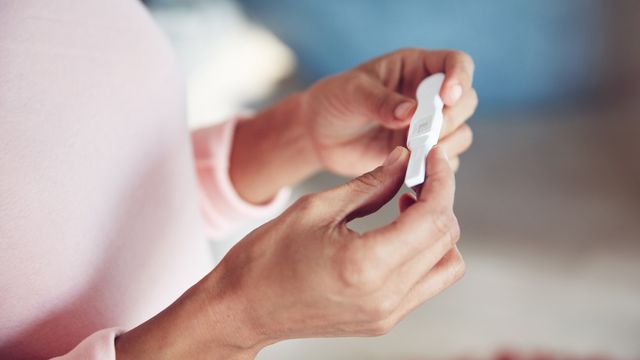
Kate Robinson
Assistant Editor
Kate graduated from Sheffield Hallam University with a bachelor's degree in biomedical sciences in 2020. During her studies she developed a passion for science communication and after graduating, began a science blog in order to continue writing about trending science news and topics of interest. She joined the editorial team at Technology Networks in 2021. In her role as assistant editor Kate supports the publication’s in-house writers, produces scientific content across all communities and works closely with the managing editor to help coordinate commissioned pieces.

Confident Metabolite Identification for Meaningful Results in Multiomics Analyses
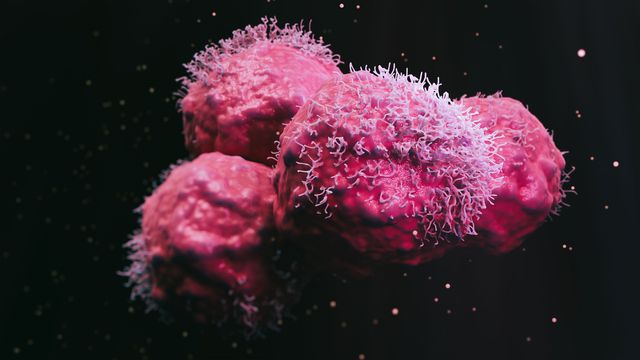
Four New AML Studies Funded by Leukaemia UK
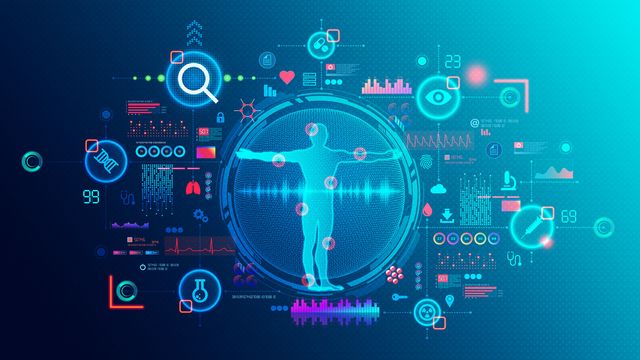
The Future of Digital Health With Professor Michael Snyder

Could Artificial Sweeteners Have a Future in Autoimmunity Treatment?

Human Tissue-Based Materials for 3D Bioprinting
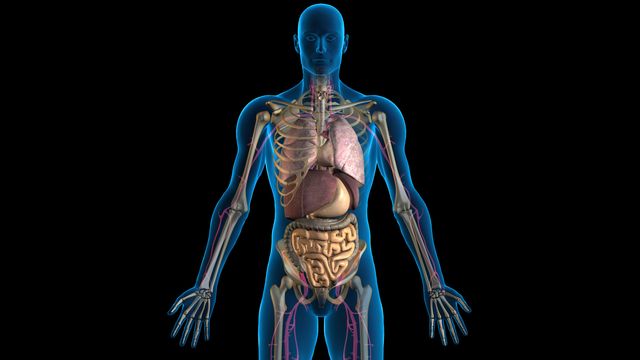
How Body-on-a-Chip Tech Is Transforming Research With Professor Donald Ingber

Body Image Type Linked to Diet and Exercise Patterns

No Link Found Between Facebook and Negative Wellbeing
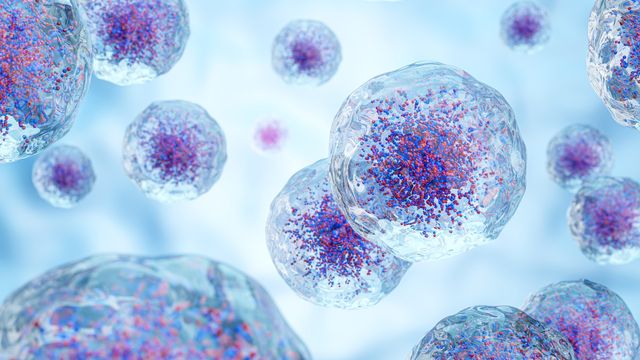
Unlocking the “Morpholome” With AI-Powered Imaging
